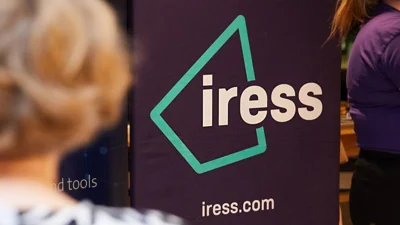SMSFs need not frighten
Planners should not be put off from entering the self-managed funds advice market by complex legislation, says PSI Group chief executive officer Paul Kolatchew.
"Planners get frightened of self-managed funds because of the legislation, but who cares?" Kolatchew told the recent Matrix conference in Ayers Rock.
"Accountants know the technical details, all planners need to know is the basics."
Kolatchew says planners should sell the benefits of a self-managed fund, not the technical details.
"In most cases commonsense and experience will get you through," he says.
All a planner needs to know about self-managed funds is that they must have less than five members. Kolatchew adds: "Keep it in the family.
"The purpose of the fund is to provide benefits for the members in retirement," he says.
"This means following the general investment principles for DIY which involves things like not investing in personal assets."
Personal assets usually include items such as holiday homes, cars, artworks and antiques.
The market for self-managed funds is huge. There are 201,000 superannuation funds in Australia of which 197,000 are self-managed. According to PSI, $55 billion is invested in these funds.
Returns for the average fund are about 4 per cent because the trustees do not receive investment advice, Kolatchew says.
"There is no real investment advice as the accountants (who usually run the funds) are too busy," he says. "For planners there are three advice opportunities: pre-retirement (accumulation), post-retirement (income streams) and post-death (grandchildren)."
Planners can earn fees from a fund by providing investment advice, risk insurance for the fund and possibly fund administration.
Kolatchew says a planner can earn fees on the basis of charging a 1 per cent fee based on the value of the assets in the fund. He recommends clients with less than $100,000 superannuation should not be in self-managed funds.
He quotes an example of a fund with $500,000 of assets. The planner could charge a first- year lodgment fee of 1 per cent ($5000) and first-year investment advice fee of 1 per cent ($5000). This would give first-year earnings of $10,000 and subsequent years could again be charged at 1 per cent, giving a trail of $5000 a year.
"The lifetime value of the client grows, the long-term asset value of the client grows and the value of the planner's business grows," he says.
If the planner wants to outsource the technical side of the fund, Kolatchew suggests the planner should use somebody they can trust … or they might lose the business.
"You want someone who can give you iron-clad guarantees, work with you as part of the team and who specialises in superannuation," he says, adding that "accountants do not fall into these categories."
Recommended for you
The winners have been announced for the 2025 Super Fund of the Year Awards, held in Melbourne on 26 November by Money Management's sister brand Super Review.
Data and technology provider Novigi has acquired Iress’ superannuation consulting and managed services business from Apex Group.
AMP is to launch a digital advice service to provide retirement advice to members of its AMP Super Fund, in partnership with Bravura Solutions.
Unveiling its performance for the calendar year 2024, AMP has noted a “careful” investment in bitcoin futures proved beneficial for its superannuation members.









